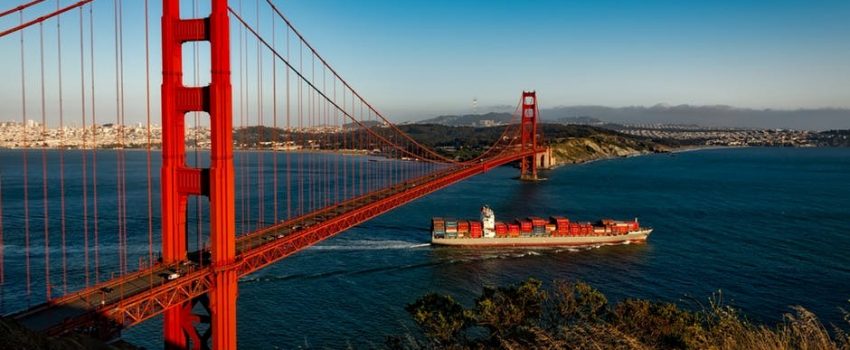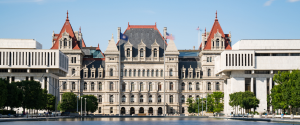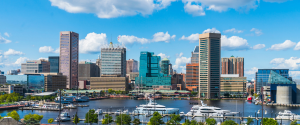In 2008, the U.S. Citizenship and Immigration Services began a program that allows Foreign Direct Investment (FDI) into U.S. development projects in exchange for legal residency for the investors and their immediate families. In 2016, the FDI reached $3.8 billion, a growth of over tenfold since the program’s inception. In fact, the program has become so successful that EB-5 authorized visas must now be apportioned and rationed.
The largest demographic and contributor to this program by far has been Chinese investors. So many Chinese – approximately 80% of all EB-5 investors – apply to the program that the government has begun to limit the number of visas offered to immigrant investors from China. However, that restriction does not seem to be slowing demand or the flow of money into new construction. Chinese money has been used in a variety of high-profile projects, but the top destination has been commercial and residential real estate development.
Nowhere else is this investment more apparent than the Bay Area of Northern California. The state has seen roughly $500 million a year in project funding funneled from EB-5 investors. Although there are no statistics for the amount of investment that directed to the San Francisco area, the proof is in the projects, so to speak. Scanning the skyline, one can see how areas of the city are being modernized and transformed with help from an influx of EB-5 capital.
From the San Francisco Bay, to Oakland, to Silicon Valley, megaprojects are being developed with immigrant investors playing a vital role.
In Oakland, there is a massive 3,100-unit residential development on an empty lot near the poor-side of town. EB-5 funds helped pay for the infrastructure and construction of the first 200 units. In the bay, there is a project on land that formerly belonged to the Department of the Navy, where $155 million in program capital is being utilized to fund the build-out of a master-planned community of 8,000 homes. Another 12,000 new homes are being built near San Francisco, with investor financing also supporting an attached commercial development. EB-5 investors have already committed over $300 million to the project.
The government has been happy to advertise the program success, touting on the official EB-5 “Invest in the USA” website that in 2012 and 2013 alone, the program created over 170,000 American jobs – 16 per investor – supporting over 560 projects across the states. President Trump signed an omnibus bill in May that extended the program until the end of September, but it appears, based on the results, that the popular program will again be extended by Congress.
According to a review by the Department of State, if the program were to be allowed to lapse it would result in $13.7 billion in lost investment, and could also reduce tax revenue by nearly $12 billion. These numbers represent more than enough incentive to keep the foreign investment program going strong. While there have been high-profile instances of fraud, the government has been quick and harsh with the prosecution of the offenders and shutting down of affiliated EB-5 offices that fail to live up to the ideals of the program.
Outside of the EB-5 investment, Chinese real estate developers are also playing a significant role in new projects throughout the area. The Chinese mega-developer, Oceanwide, has $20 billion in assets and is currently involved in construction projects across the U.S. They recently broke ground on a new skyscraper that looks to become the tallest in the downtown district. Vanke, another Chinese firm, just completed the sale of 656 luxury condos that overlook the Bay Bridge. Another five Chinese companies are taking advantage of a red-hot housing market by breaking ground on multiple residential housing projects across the city.
Developers are not the only foreign groups getting in on the action. Chinese homebuyers, many whom are EB-5 investors, are snapping up properties in the Bay Area with all-cash offers. For the fourth straight year, Chinese nationals have been at the top of the list for international real estate buyers in the United States. In 2016, Chinese nationals spent more than $31 billion on residential purchases, with nearly half of the homes bought in California. Some analysts see this trend as an indication that wealthy Chinese are eager to move their money out of their home country before the Communist government levels restrictions against the transfer of money out of the country.
Some fear that China’s currency reforms could place a damper on the amount of money available for EB-5 visas. However, EB-5 program reforms being proposed would likely expand the program and work to speed up the visa issues that have slowed expansion over the past year. Lawmakers in Washington are bogged down in a legislative sessions for the next several months after their summer recess, leaving program reform somewhere down the list.
For now, there is no denying the success of the program, and wealthy citizens of other countries, such as India, Mexico, and Russia are also beginning to see the benefit and submit applications. This new interest has prompted the USCIS to alter the way visas are allocated under the program’s guidelines. In the near future, it appears China will continue to lead the way in the new American real estate boom.






